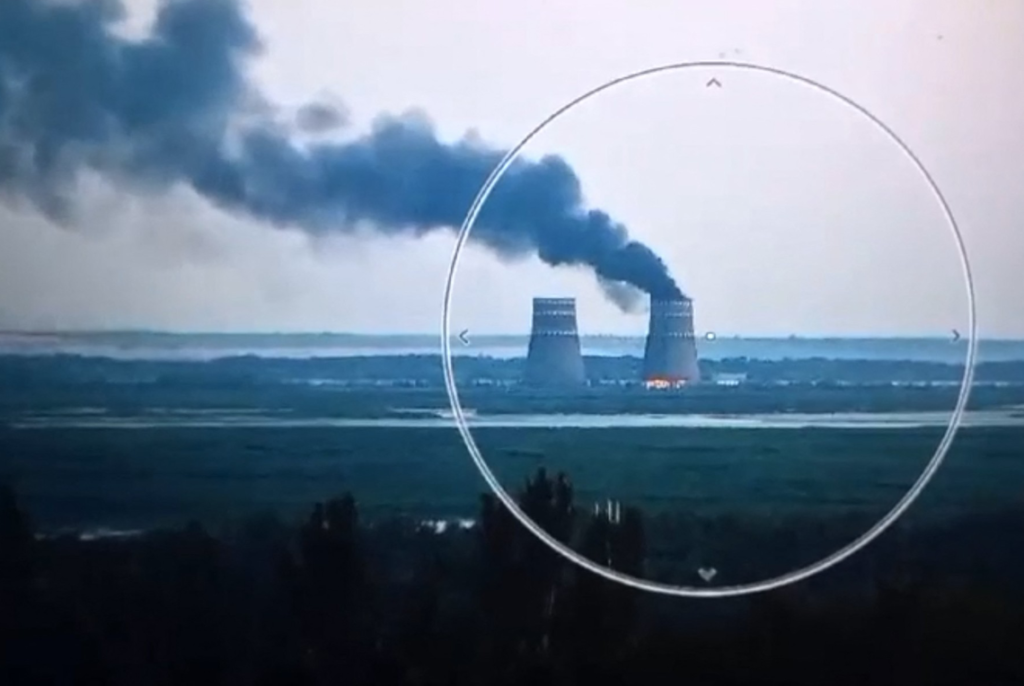On Sunday evening, a fire broke out at the largest nuclear power plant in Europe, Zaporizhzhya NPP, which is currently under Russian control. The incident caused a new round of tension between Moscow and Kyiv, which blame each other for the fire. According to BBC, neither side has reported an increase in radiation levels.
The International Atomic Energy Agency (IAEA), which has monitors at the facility, reported heavy, dark smoke rising from the northern part of the plant after a series of explosions. IAEA Director General Rafael Grossi warned that such attacks pose a serious threat to nuclear security and called for an immediate end to hostilities in the area.
The incident occurred amid a significant escalation of the conflict, when Ukrainian forces launched their largest incursion into Russian territory since the start of the war. Despite the announcement by the Russian company “Rosatom” that the main fire was extinguished by midnight on Sunday, both sides continue to accuse each other of organizing the attack.
Rosatom claims that the fire was caused by a drone strike, but no evidence has been provided. The Ukrainian company “Energoatom” reported that one of the cooling towers and other equipment was damaged. The IAEA called for immediate access to the facility to assess the damage, but neither Moscow nor Kyiv responded to this call.
Ukrainian President Volodymyr Zelenskyi accused Russia of causing the fire, noting that black smoke was visible from the Ukrainian-controlled city of Nikopol. He emphasized that although radiation indicators remain normal, the situation at the station remains dangerous as long as it is controlled by Russian forces.
The Zaporizhzhia NPP, which is located near the front line, continues to remain a high-risk facility. Although all six of the plant’s reactors are in cold shutdown, the plant depends on external energy sources to keep the nuclear materials cool to avoid a catastrophic accident.
This situation highlights the seriousness of the threat to nuclear security in the context of the ongoing conflict, where both sides regularly accuse each other of provocations and destabilization attempts.


